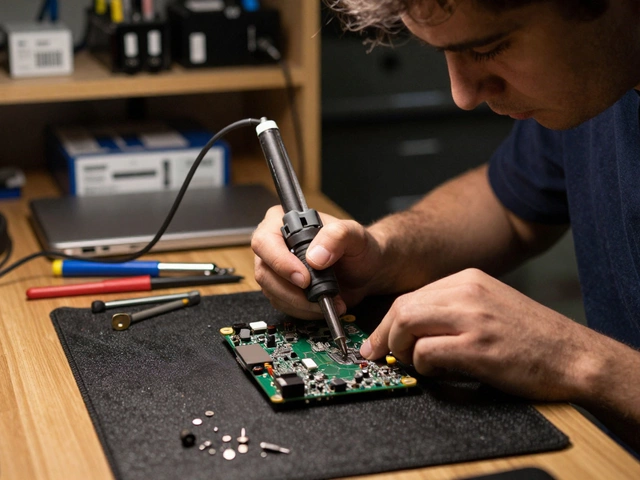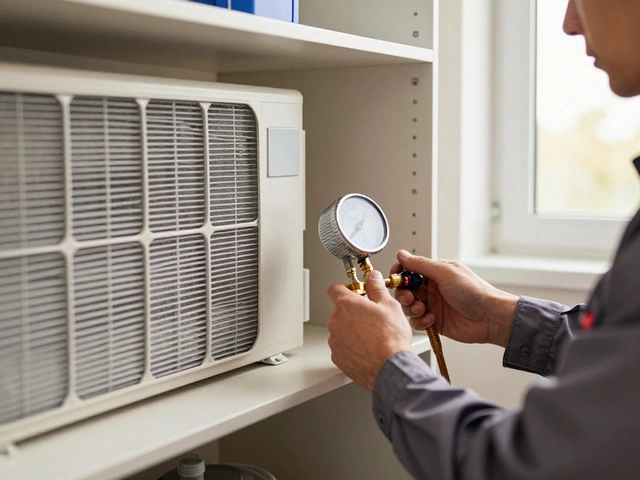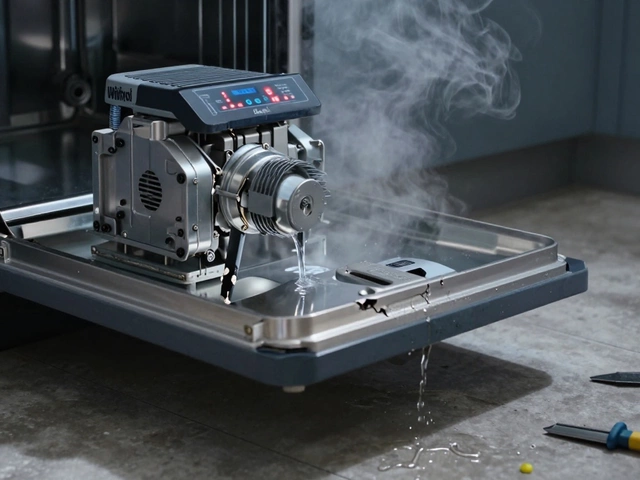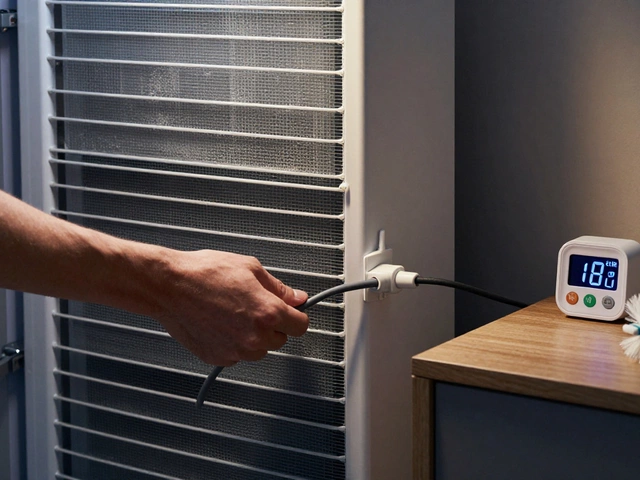Microwave Lifespan: What Affects How Long Your Microwave Lasts
When talking about microwave lifespan, the period a microwave stays functional, safe, and efficient for everyday cooking. Also known as microwave lifetime, it depends on a mix of build quality, usage habits, and care. In the same breath, a microwave, a countertop appliance that heats food using electromagnetic waves is the core device whose lifespan we’re measuring. The health of that device often hinges on appliance repair, service work that fixes faults and restores performance, and on energy efficiency, how well the unit converts electricity into heat with minimal waste. Understanding these connections lets you plan smarter, save money, and keep your kitchen running smoothly.
First off, microwave lifespan isn’t a fixed number. Most manufacturers quote 7‑10 years, but real‑world results vary. A key attribute is the **quality of the magnetron**, the part that generates the microwaves. Higher‑grade magnetrons tend to last longer, especially when the unit isn’t pushed beyond its power rating. Another attribute is the **frequency of use**: hitting the button 5‑6 times a day will age the components faster than an occasional reheater. The environment matters too—humid kitchens or dusty vents can accelerate wear on the fan and internal circuitry.
How Maintenance and Usage Shape Longevity
Regular maintenance is the biggest lever you control. Simple habits like wiping the interior after each use, cleaning the turntable, and checking the door seal prevent food buildup and heat loss. The door seal is a safety gate; a compromised seal can let microwaves escape, forcing the unit to work harder and shortening its lifespan. Another practical tip: avoid running the microwave empty. An empty cavity can cause the magnetron to overheat, which directly cuts its life expectancy.
When a microwave starts showing signs—odd noises, uneven heating, or a display that flickers—those are red flags that repair might be needed. A quick diagnostic often reveals a failed **high‑voltage diode** or a burnt **capacitor**, both of which are fixable for a fraction of the cost of a new unit. However, if the repair bill approaches 50 % of a replacement price, it’s usually smarter to buy new, especially if the model lacks modern energy‑saving features.
Energy efficiency ties straight into lifespan. Newer models meet stricter EU standards, meaning they use less power to produce the same heat. Lower power draw reduces stress on the magnetron and internal wiring, effectively extending the microwave’s useful years. If you’re comparing two similar units, the one with an **Energy Star** label typically offers better long‑term value because it both saves electricity and tends to be built with newer, more durable components.
Lastly, consider the broader context of **appliance lifespan** in your home. Appliances that work together—like a dishwasher, fridge, or oven—often share similar wear patterns. If you notice multiple kitchen devices aging around the same time, it may be a sign of power fluctuations or the need for a whole‑home electrical check. Addressing those upstream issues can protect your microwave and other appliances from premature failure.
Below you’ll find a curated set of guides that walk through common microwave problems, step‑by‑step repair tips, and advice on when to replace versus repair. Whether you’re a DIY enthusiast or just want to know what to ask a technician, the articles ahead give you clear, actionable insight into keeping your microwave—and the rest of your kitchen—running at its best.
Microwave Lifespan: How Long Do Microwaves Usually Last?
- Alden Wilder
- Oct 16 2025
- 0 Comments
Learn how long microwaves typically last, what parts wear out, when to repair or replace, and tips to extend their life.
View More




